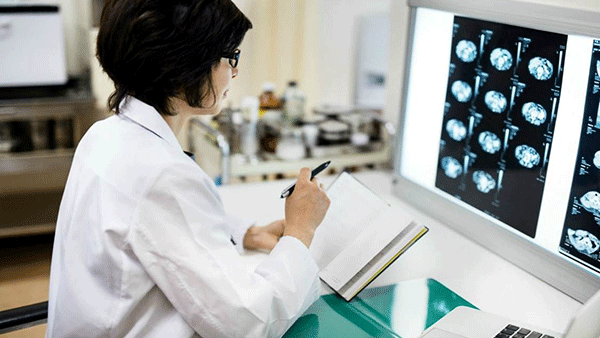- Definition and Considerations
- 1. Initial Stroke Rehabilitation Assessment
- 2. Stroke Rehabilitation Unit Care
- 3. Delivery of Inpatient Stroke Rehabilitation
- 4. Outpatient and In-Home Stroke Rehabilitation (including Early Supported Discharge)
- 5.1 Management of the Upper Extremity Following Stroke
- 5.2. Range of Motion and Spasticity in the Shoulder, Arm and Hand
- 5.3. Management of Shoulder Pain & Complex Regional Pain Syndrome (CRPS) following Stroke
- 6.1. Balance and Mobility
- 6.2. Lower Limb Spasticity following Stroke
- 6.3. Falls Prevention and Management
- 7. Assessment and Management of Dysphagia and Malnutrition following Stroke
- 8. Rehabilitation of Visual and Perceptual Deficits
- 9. Management of Central Pain
- 10. Rehabilitation to Improve Language and Communication
- 11. Virtual Stroke Rehabilitation
Definitions
Stroke Rehabilitation is a progressive, dynamic, goal orientated process aimed at enabling a person with stroke-related impairment to reach their optimal physical, cognitive, emotional, communicative, and social functional level.
Rehabilitation is NOT a setting, rather, it is a process that includes a set of activities that begins soon after the initial event, once the patient is medically stable to participate and can identify goals for rehabilitation, recovery and participation.
Rehabilitation occurs across the continuum of stroke care in a variety of settings such as acute care or sub-acute care; rehabilitation units, on general or mixed rehabilitation units; in ambulatory or community settings, such as outpatient or day clinics, home-based services (incudes early supported discharge services), recreation centres, and outreach teams. In the chronic stage of stroke, rehabilitation may also focus on maintaining current functional abilities and preventing or slowing future functional decline and secondary health conditions (such as contractures, and depression
Considerations Regarding Stroke Rehabilitation
Settings: Rehabilitation interventions and therapies, key component of comprehensive stroke care, are provided in a range of settings such as: acute inpatient care or sub-acute care; inpatient rehabilitation units, on general or mixed rehabilitation units; in ambulatory or community settings, such as outpatient, day clinics, and recreation centres; and home-based services such as early supported discharge services and homecare rehabilitation or outreach teams.
Duration: Length of service or stay for stroke rehabilitation varies depending upon factors such as the types of services required, accessibility of those services, and the goals and needs of the person with stroke, their families and caregivers.
Timeframe: Stroke rehabilitation requirements often continue for many months and even years after an index stroke. Current healthcare systems tend to allow for stroke rehabilitation interventions within the first six months following stroke onset, even though many people with stroke will require some of these services beyond that arbitrary time frame, since rehabilitation is an ongoing process.
Available Evidence: The research literature in this area is rapidly evolving, with new evidence emerging for innovative therapies applicable at different stages of care. The writing group has carefully and thoughtfully examined all therapies with respect to the evidence regarding timing of the interventions and have clearly stated where the evidence differs between early and later stages of rehabilitation and recovery. Refer to methodology section for further details.





